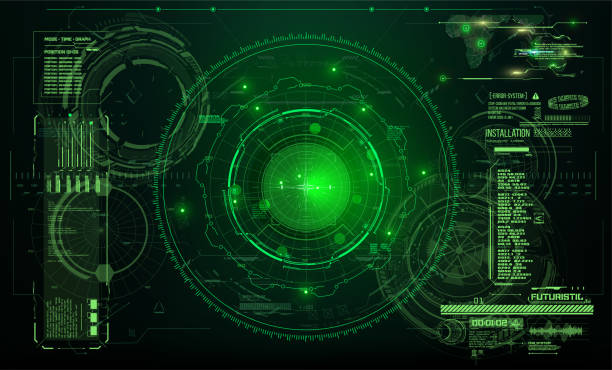Night vision technology lets us see where human eyesight fails in low-light conditions. It’s not magic or sci-fi. It’s physics, biology, and engineering combined. The technology is built on how the human eye works and where it fails. In darkness, the failure is complete. That’s where technology steps in to replace our natural vision entirely.
Contents
Why Humans Need Night Vision
The retina in your eye has two kinds of photoreceptor cells: cones and rods. Cones detect color and detail but only work in bright light. Rods are more light sensitive but lack color vision and provide you with bad resolution. When it darkens, your cones close and the rods set in, making everything hazy, monochrome, and grainy. But even rods need some light. In total darkness, both systems fail, and your eye sees nothing at all.
How Night Vision Gadgets Help
Night vision gadgets don’t improve your eyes, they replace their input. They collect information the eye can’t detect and convert it into visible images that your eye can see. They are either collecting low-power ambient light or infrared heat sensation. They then convert that data into visible light and display it as an image in a scope, a screen, or directly to an eyepiece.
This image is not “seen through” the darkness. It’s a reconstructed view, built from invisible energy, and presented to your eyes in a visible format. Your eye simply receives and processes it like a normal image, unaware it was digitally or chemically altered.
Modern tactical optics combine these technologies with rugged hardware, designed for military, law enforcement, and survival. They allow operators to function in total darkness with speed and accuracy, giving a critical edge where human vision alone would completely fail.These devices do this in two main ways.
Image Intensification
Image intensifiers amplify existing light. They rely on ambient light, moonlight, starlight, or urban glow. Photons from this faint light hit a photocathode, converting them into electrons. These electrons are sent through a microchannel plate, multiplying them thousands of times. When they hit a phosphor screen, they’re turned back into visible light, now intensified.
The image appears green because our eyes are most sensitive to green wavelengths under low light. This method gives sharp, detailed images but cannot function in complete darkness.
Thermal Imaging
Thermal equipment sense heats instead of light. It senses infrared radiation, and everything emits it if the object is not at zero. The hotter the body, the more radiation there is. Using signal processing, a thermal sensor picks up these invisible heat signatures and translates them into visual images. You end up seeing temperature differences displayed as grayscale or color-coded visuals. Thermal imaging works in total darkness and through smoke or fog, but fine visual detail is limited.
Biological Comparison
While humans have weak night vision, animals like cats, owls, and snakes excel. They have more rod cells, larger pupils, and reflective layers that bounce light back through their retinas. This gives them a second chance to capture low light. Night vision devices mimic this process, but with electronics instead of biology.
Human eyes need light. Night vision devices convert invisible light or heat into a visible image that your eye can interpret. Whether amplifying existing light or detecting thermal energy, they bypass your biology entirely. Future goggles may copy those systems, eliminating the need for heavy optics and battery-powered imaging.



